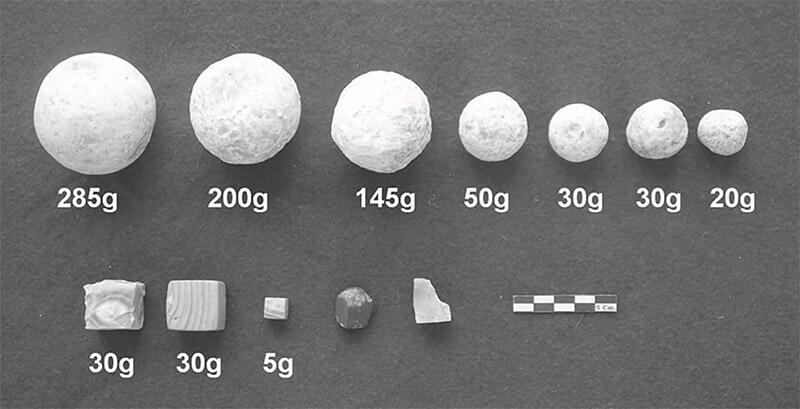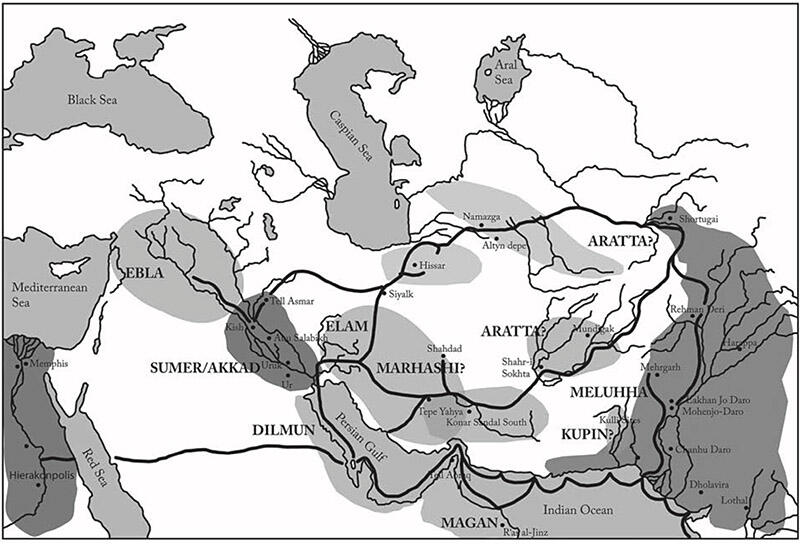"What were the limits of the known world to the people that inhabited this region during the long prehistory for which we have evidence? What changes did they and their successors experience? What more can we say about the lure of distant lands?" asks the author in an article which accomplishes a number of things. One is that it again offers evidence that the early Bronze Age world was indeed deeply connected. It seems as if the success of different civilizations was linked, at times, to their interactions with neighbours. Secondly, it suggests that "Kupin," a reference to a westward culture and political actor might refer to the "Kulli" culture known from Nindowari and elsewhere in Balochistan. From Rita Wright's analysis, it may have been a competitor to the ancient Indus polity in the southern Balochistan region, if not elsewhere: "Clearly, the Kulli were an independent group wedged in between the Indus, the coast of the Makran and groups to the west, and the Arabian Peninsula. On the matter of overland trade, there are many routes of travel to Konar Sandal South and from there easy access to gulf waters to the south that lead to crossings at the Straits of Hormuz (Wright 2010: 226, 2002; Pittman 2013). Most likely a political rival of the Harappans, the specifics of the relationship between the Kulli and the Harappans is uncertain, but there is every reason to believe that there were economic and political connections" (p. 31).
Thirdly, the paper is one of the few available to say anything about Lakhan Jo Daro, a large ancient Indus site just to the south of the Rohri hills where flint was mined during Indus times (and for hundreds of thousands of years before!). Now occupied by the modern city of Sukkur in Sindh, it has hardly been excavated at all. Still, nuggets of evidence help Wright make her case for interactions between it, the Kulli, and the Halil Rud civilization (Konar Sandal South) near Jiroft in Iran. The site of mass looting not too many years ago which exposed another major Bronze Age culture that traded with the Indus, Kulli and Mesopotamians. It may well be what was called "Marhashi" in Mesopotamian texts, given the peculiar soft stone vessels discovered there and which were once highly prized in Mesopotamia.
Wright marshals the evidence clearly and concisely, is clear about open questions and speculation, and "demonstrate[s] that the regions discussed were not isolated and were part of a known world" (p. 33). As ever, ancient people and civilizations surprise us with their many connections; their world was much bigger and richer than we might assume.
Images: 1. Indus weight and spherical stones from Lakhan Jo Daro (courtesy of Qasid Mallah and Nilofer Shaikh). 2. Cultures and sites referred to in the article.
- Log in to post comments




